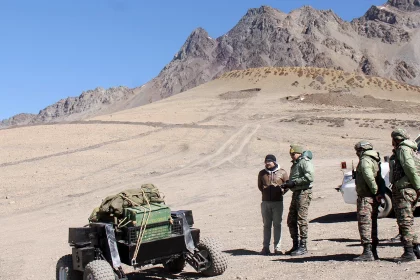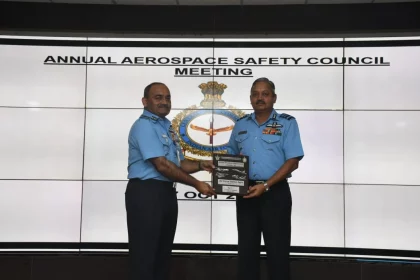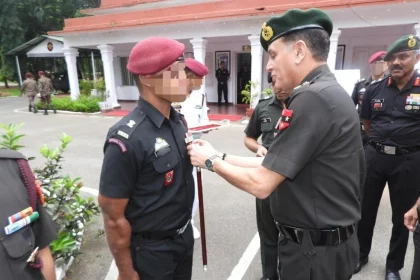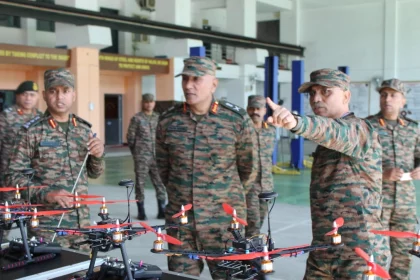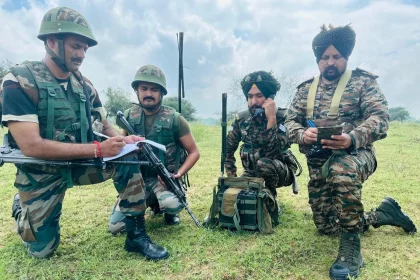Israeli Firm Set to Win ₹8,000 Crore Indian Air Force Mid-Air Refuelling Aircraft Deal
Israel Aircraft Industries emerges as frontrunner to supply six converted Boeing 767 refuellers, boosting IAF’s long-range operational capabilities.
Lt Gen Anindya Sengupta Reviews Operational Preparedness in Garhwal Sector and Joshimath
Army Commander praises troops for professionalism and technological integration during forward area review in Garhwal sector.
Central Air Command Hosts Annual Aerospace Safety Seminar 2025 at Agra
Seminar underscores human cognition and mindfulness as key enablers of aerospace safety across Central Air Command.
Lt Gen Dhiraj Seth Reviews Training and Infrastructure at Parachute Regiment Training Centre, Bengaluru
Army Commander Southern Command commends Parachute Regiment for excellence in training and urges continued operational readiness.
Lt Gen Pratik Sharma Reviews Operational Preparedness of Dah Division, Emphasises Mission-Oriented Training
Army Commander Northern Command underscores combat readiness and technology-driven training during Dah Division review.
Shapta Shakti Command Accelerates Drone-Warfare Readiness with Indigenous C-UAS Solutions
Shapta Shakti builds layered, indigenous C-UAS posture through intensive exercises and industry collaboration to meet future drone-threat challenges.


